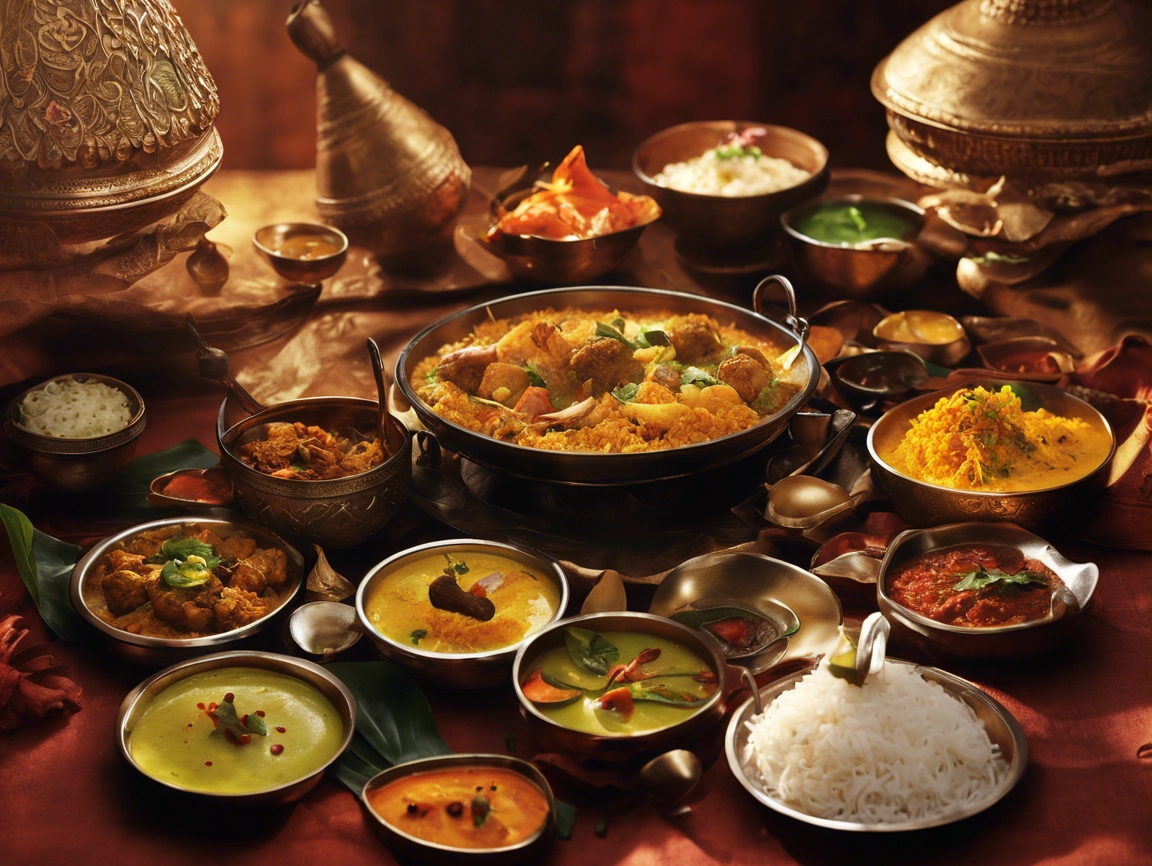Indian-American cuisine has officially broken into the American mainstream . What was once considered “ethnic” or “exotic” is now part of everyday dining, from high-end tasting menus to viral TikTok recipes. Chefs, entrepreneurs, and food creators of Indian descent are changing how the U.S. eats, one dish at a time.
From Mom’s Kitchen to Michelin Stars
The past five years have seen an explosion of Indian-American culinary talent being recognized by the industry:
- Chef Chintan Pandya of Unapologetic Foods was awarded a second Michelin star in 2025 for his new NYC restaurant Rowdy Rooster, celebrating Indian fried chicken with street-style flair.
- Chef Maneet Chauhan, based in Nashville, continues to expand her food empire with restaurants that blend Indian spices into Southern comfort food—like masala hot chicken and naan-biscuits.
- Vikas Khanna, now based in Los Angeles, opened Hymn, a restaurant featuring Ayurvedic seasonal menus, receiving praise from both The New York Times and Bon Appétit.
These chefs represent a new movement: authentic yet innovative, rooted in tradition but unafraid of experimentation.
Food Trucks, Cloud Kitchens, and TikTok Fame
Indian street food has found a new home in America’s mobile food culture. Cities like Austin, Chicago, and Seattle now feature:
- Dosa carts serving Mysore masala dosas with fusion fillings like pulled pork or avocado paneer.
- Chaat trucks offering custom builds—pani puri flights, anyone?
- Cloud kitchens focused on Desi comfort food like dal, rajma, and khichdi, delivered hot through DoorDash.
Social media creators like @DesiEatsLA and @BrownFoodieNYC have built massive followings on TikTok and Instagram, sharing modern takes on traditional recipes with aesthetic plating and engaging storytelling.
Grocery Stores and Meal Kits Go Gourmet
Even grocery shopping is evolving. Mainstream retailers like Whole Foods and Trader Joe’s now offer:
- Ready-to-heat palak paneer, butter chicken, and tandoori tofu
- Snack aisles with masala popcorn, haldi granola, and jeera trail mix
Meanwhile, Desi-owned startups like SpiceRoot, Saffron Spoon, and Masalabox USA are offering gourmet meal kits, making it easier than ever for second-gen Indian-Americans to cook complex dishes at home.
Cultural Impact and Community
Food is also bringing communities together. Diwali pop-ups, Holi-themed brunches, and Eid dessert markets are common in major metros. Farmers markets now feature vendors selling:
- Ghee from grass-fed cows
- Fermented dosa batter in eco-friendly packs
- Organic chutneys and pickles made in small batches
And local school lunch programs in California and New Jersey have begun to pilot Indian-inspired options, acknowledging the growing Desi population.
Final Thoughts
In 2025, Indian-American food is no longer a niche—it’s a culinary force. It reflects the identity of a community that honors its roots while embracing the boldness of American innovation.
From turmeric lattes to goat curry ramen, Indian flavors are here to stay—and to keep surprising palates across the U.S.
For more food articles click here!





